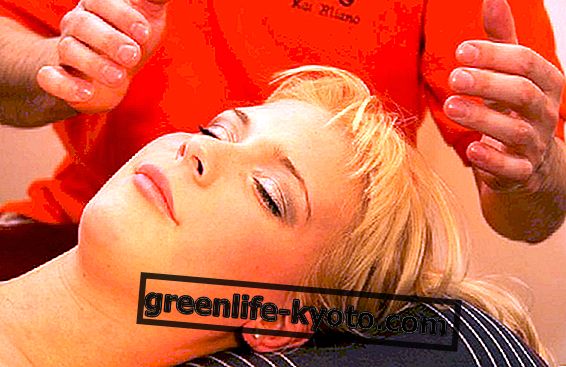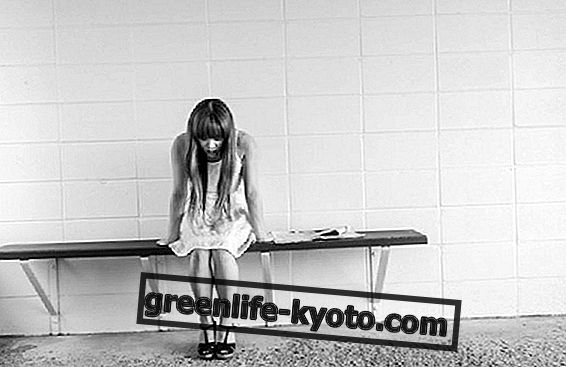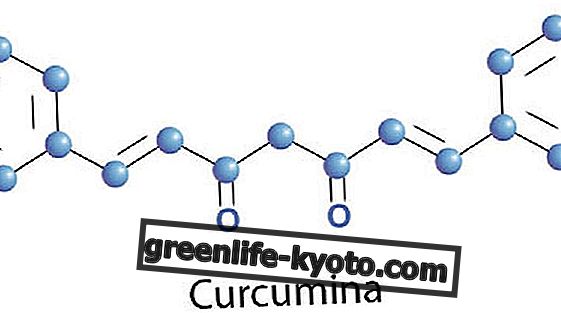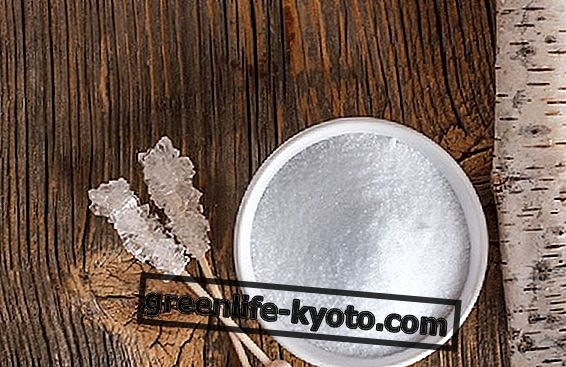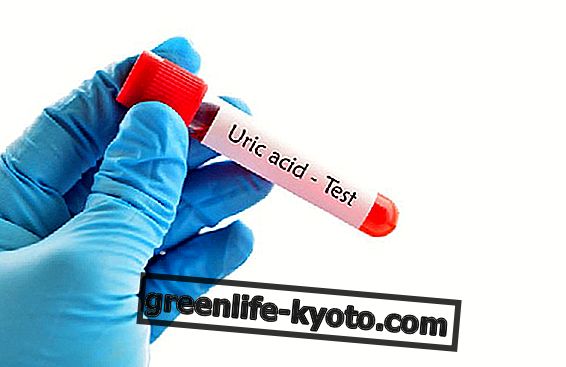
Uric acid: what it is
Uric acid is a natural product of the body. Its concentration in the blood, within certain limits, is not a source of disease. High or too low uric acid levels, on the other hand, are to be considered signs that something is wrong.
The human body is made up of cells . DNA and RNA is present in the nucleus of each cell. All the cells of the body are subject to a life cycle: they form and degrade, until they die. The cells are continuously renewed, to different degrees depending on the apparatus to which they belong. Cell renewal allows the life of the human body.
Uric acid is produced by the body in normal cellular metabolism ; when the cells die the nuclei are split, they form uric acid. Uric acid is therefore a waste product of cell renewal.
It is produced continuously by the liver, which has the function of disposing of the waste substances of the cellular life cycle, and is continuously filtered, through the blood, by the kidneys. The kidneys are the organ responsible for eliminating uric acid. The concentration of uric acid in the blood should therefore be constant.
Another reason why uric acid is formed is the metabolism and digestion of certain foods . As for the cellular life cycle also the uric acid deriving from the digestion of food is a waste product.
Also read uric acid and gout, what link is there >>
Uric acid: what it is used for
The function of uric acid is to convey to the outside of the body waste substances no longer usable by the body or harmful.
Despite being a waste product the concentration of uric acid (uricemia) in the blood gives important indications of the state of health of the body.
We tend to think that only a high level of this acid is a sign of bad health: in reality even a low concentration can hide organic problems.
Since uric acid is constantly produced as a result of the incessant cell renewal, it must remain within certain limits . Its absence, or too low a concentration, indicates that the waste substances are not being disposed of properly. The reasons why the uricemia is too low are to be found in the following cases:
> Food imbalances, especially concerning the lack of protein foods;
> kidney failure, since the kidneys have to dispose of uric acid;
> metabolic problems;
> liver malfunction, because it is the liver that metabolizes and produces uric acid;
> possible anemia, given that blood cells are constantly renewed and when these are scarce even their life cycle is altered.
A high concentration of uric acid, likewise, can give equally important indications:
> Unbalanced diet, with excessive protein load or food rich in purines;
> kidney malfunction;
> pathologies affecting the liver ;
> excessive use of alcohol ;
> possible overweight .
High uric acid (hyperuricemia): consequences
Hyperuricemia leads to the manifestation of particular diseases: in particular gout. Excess uric acid can precipitate at the level of joints and tissues, forming crystals and edemas and, in more severe cases, leading to the onset of gallstones and kidney stones .
It can also overload the kidney's spare discharge organ, which is the skin, with the appearance of excessive dryness of the skin, eczema, itching, psoriasis: the kidneys failing to dispose of excess uric acid, the skin it takes care of eliminating the acids through transpiration, with consequent alteration of the hydrolipidic film that covers it.
Furthermore, by changing the composition and quality of blood and affecting normal renal function, an excess of uric acid can have hypertension as a direct consequence.




